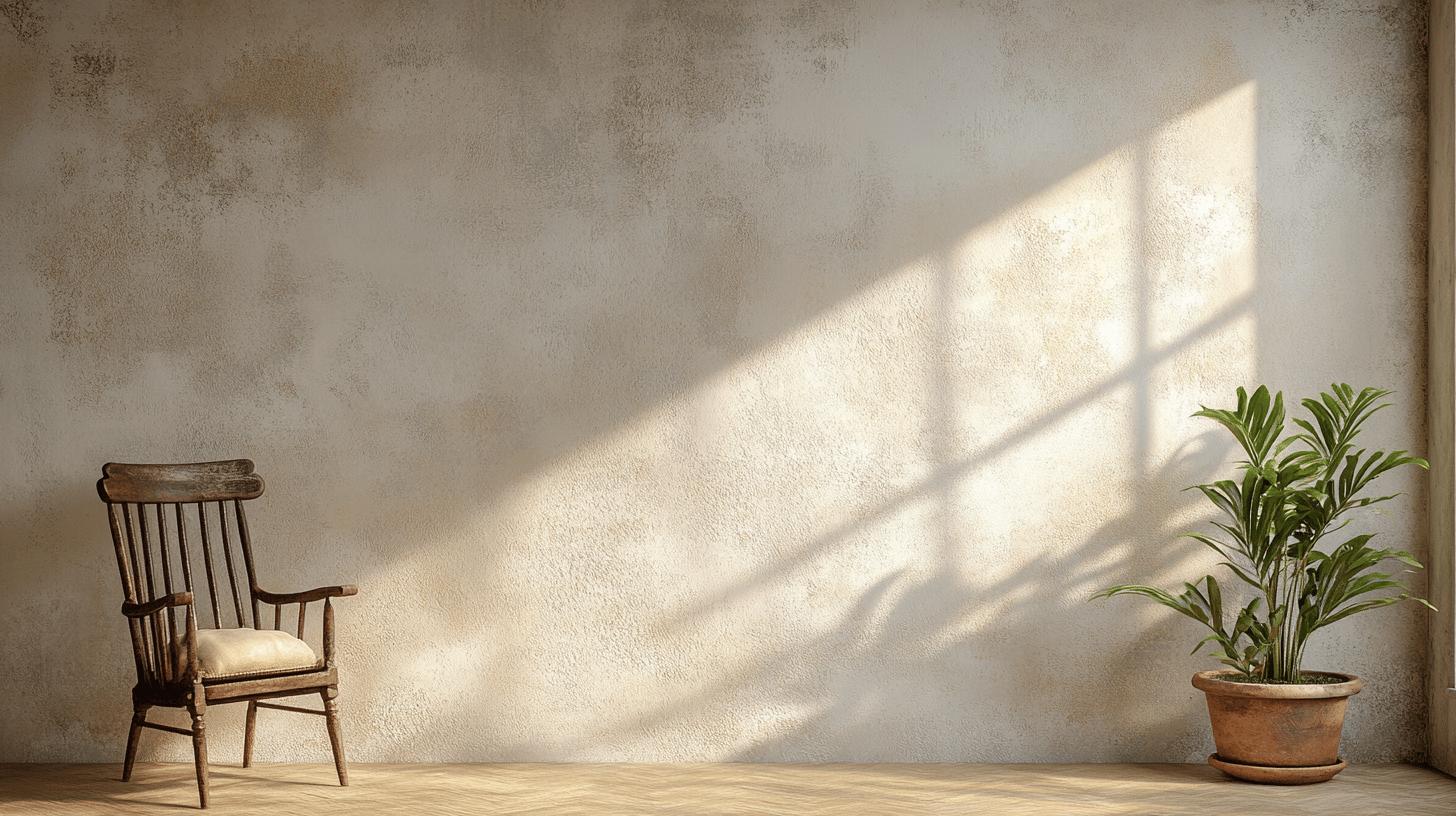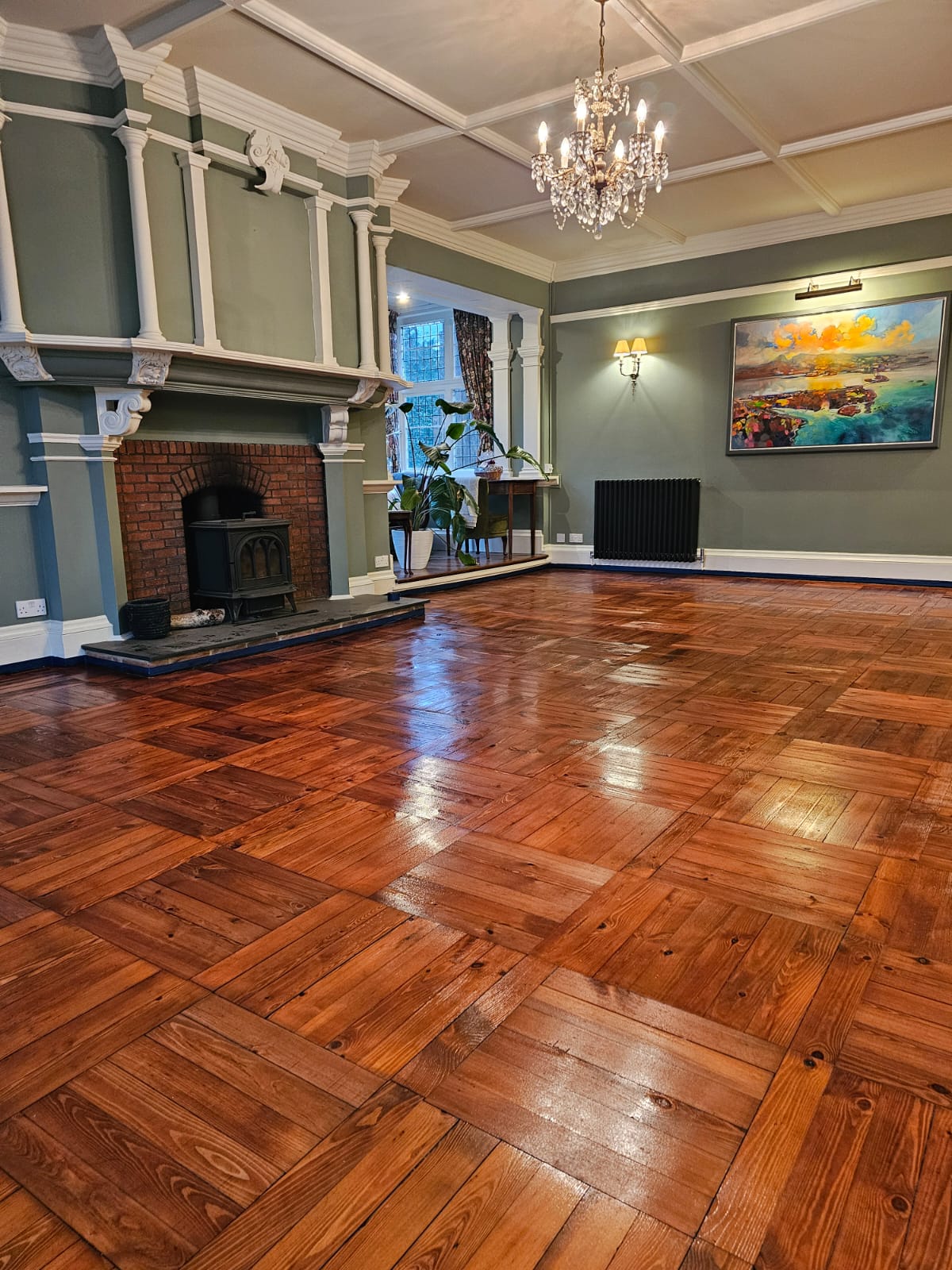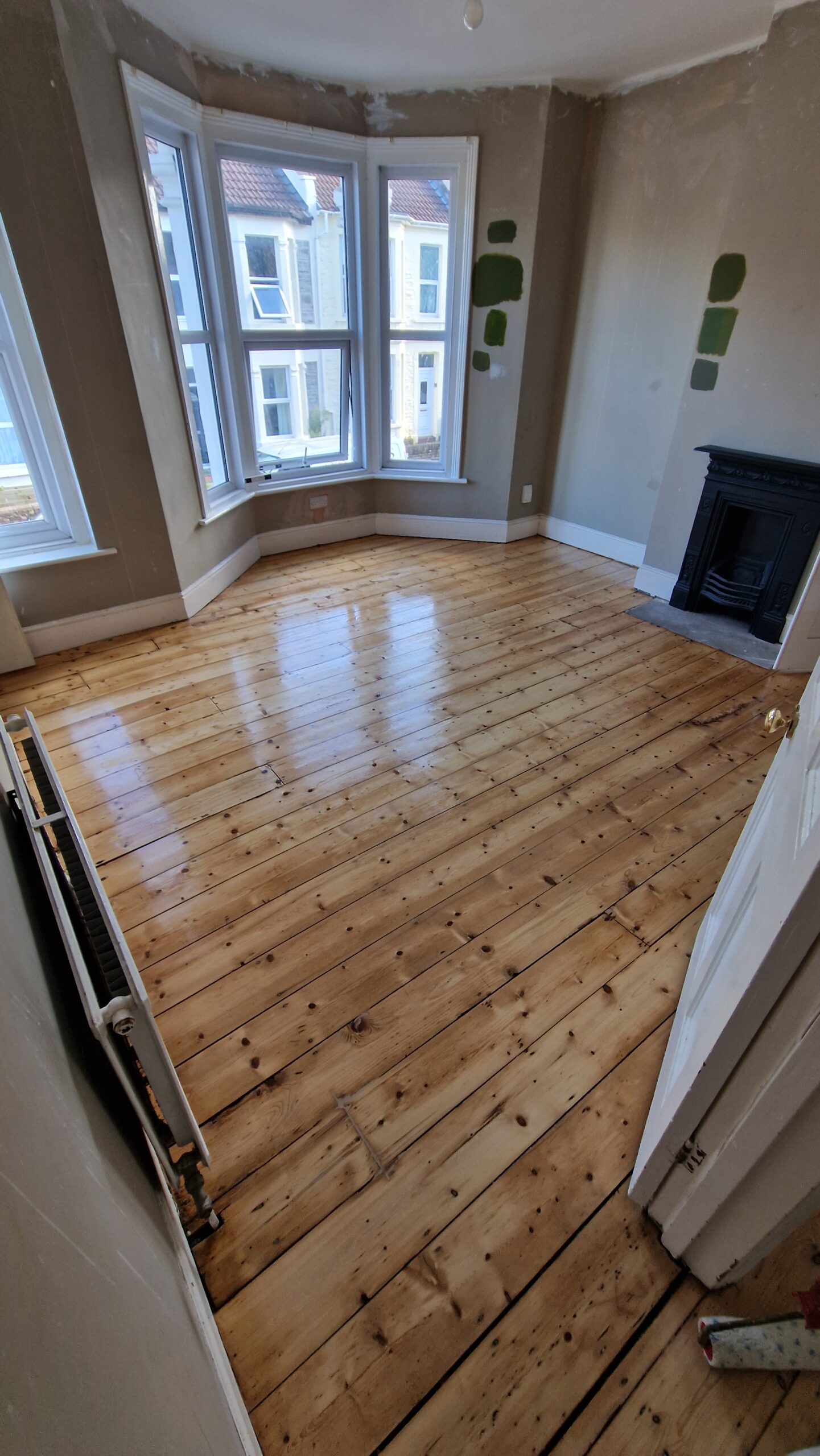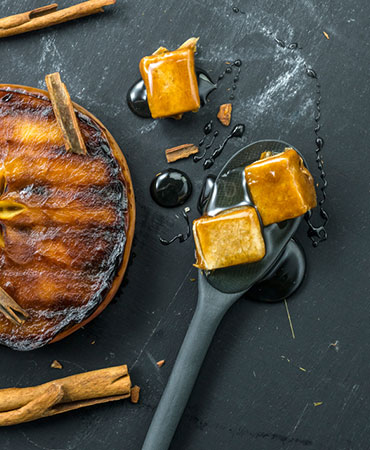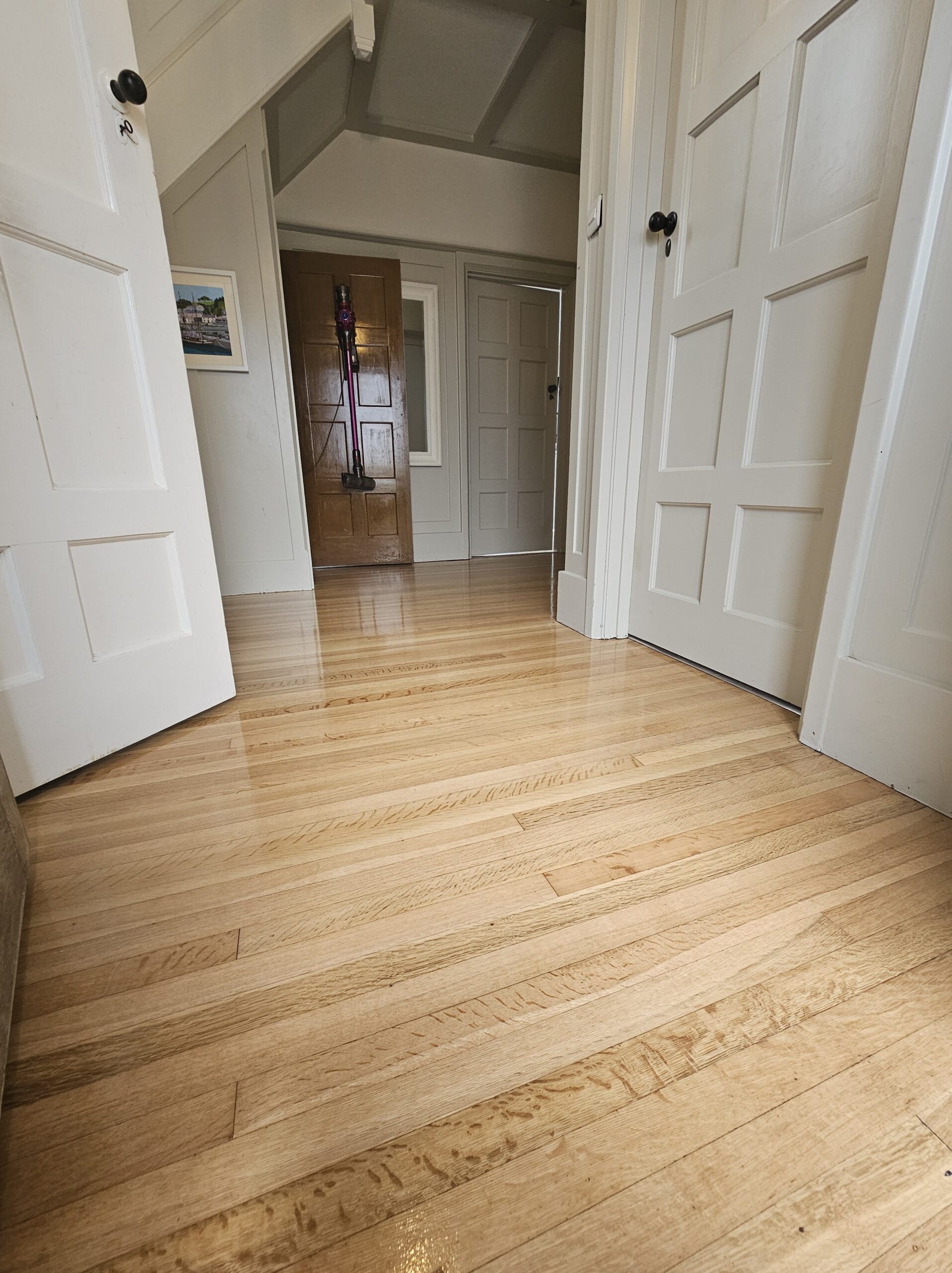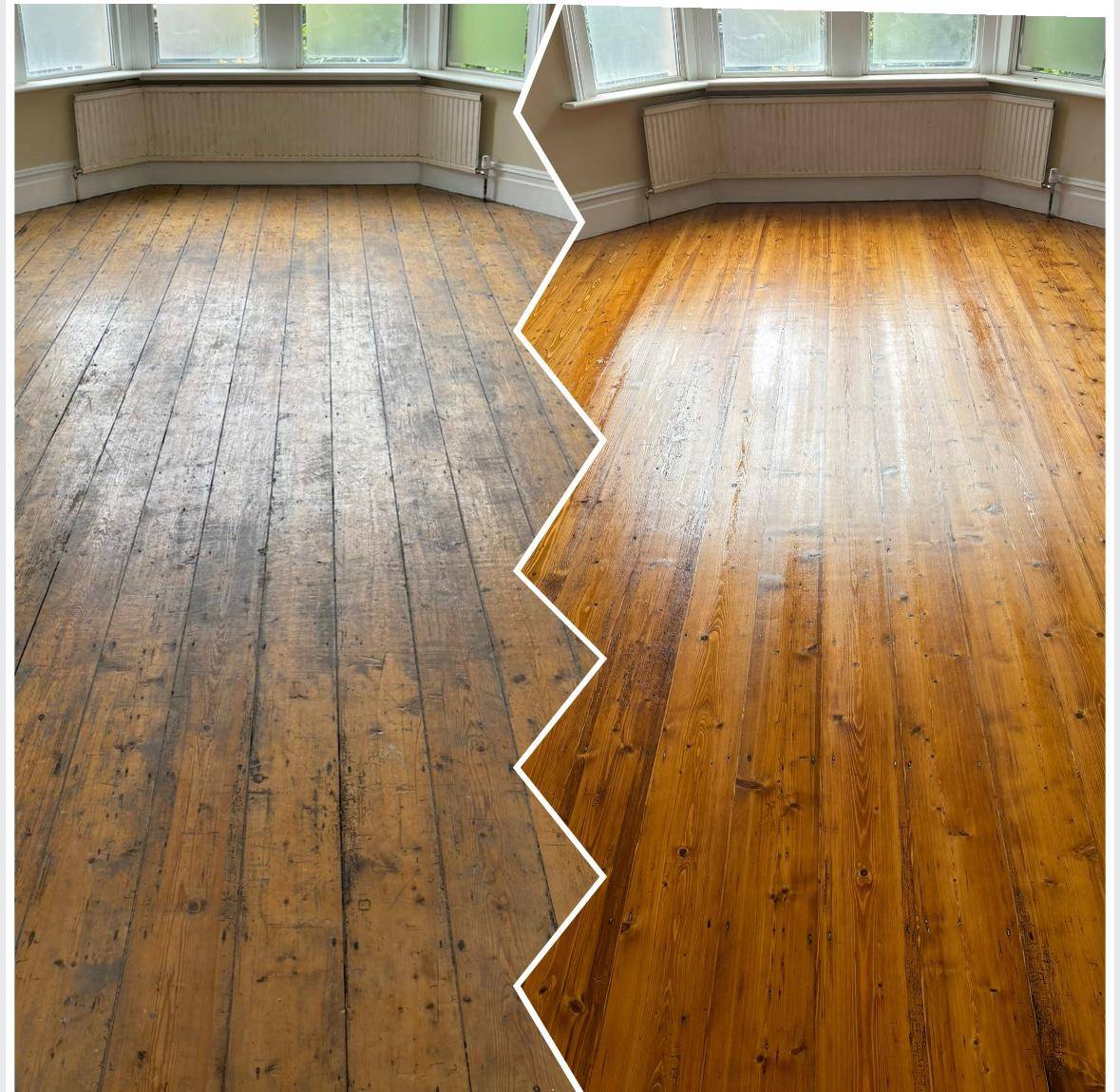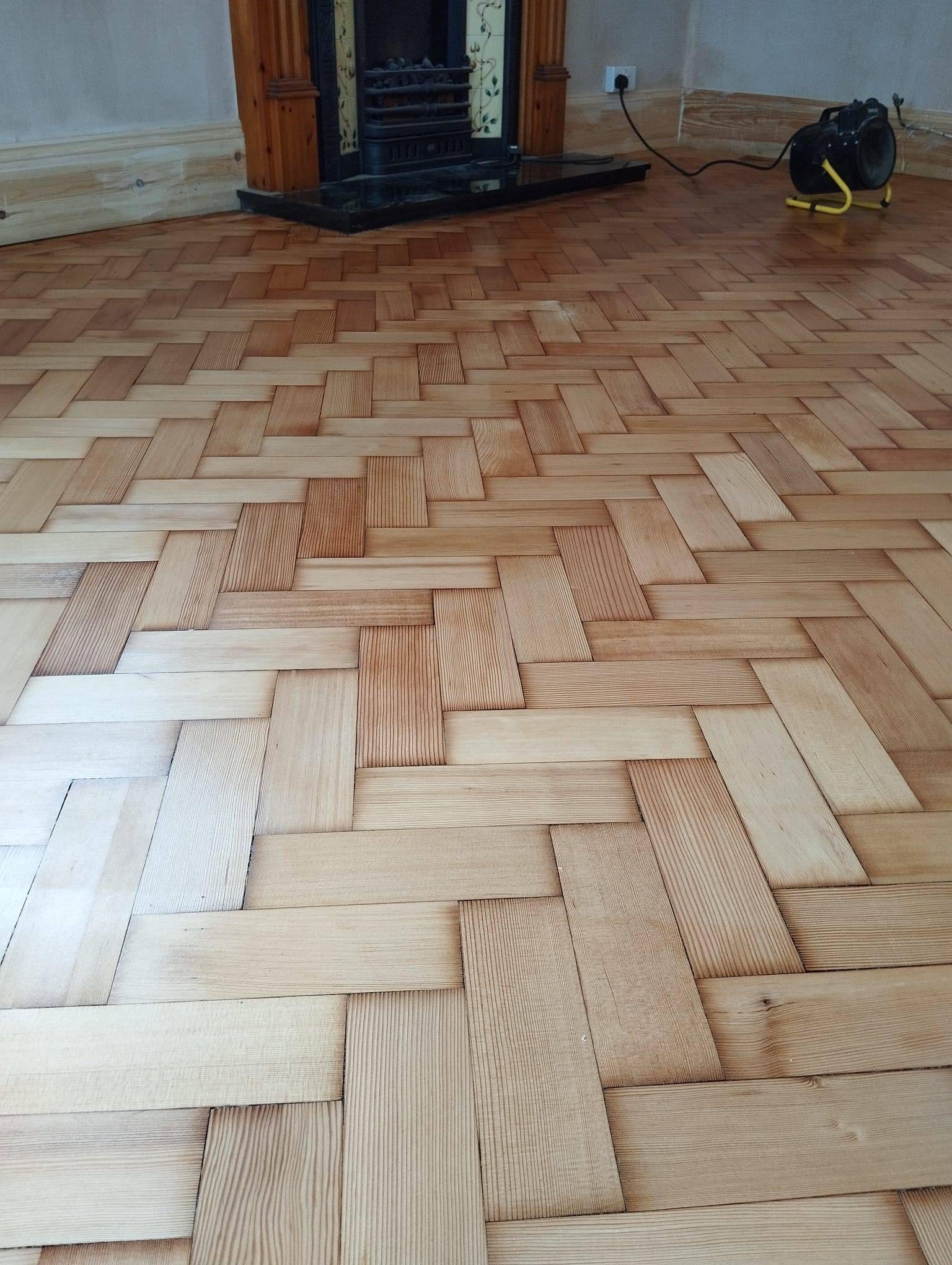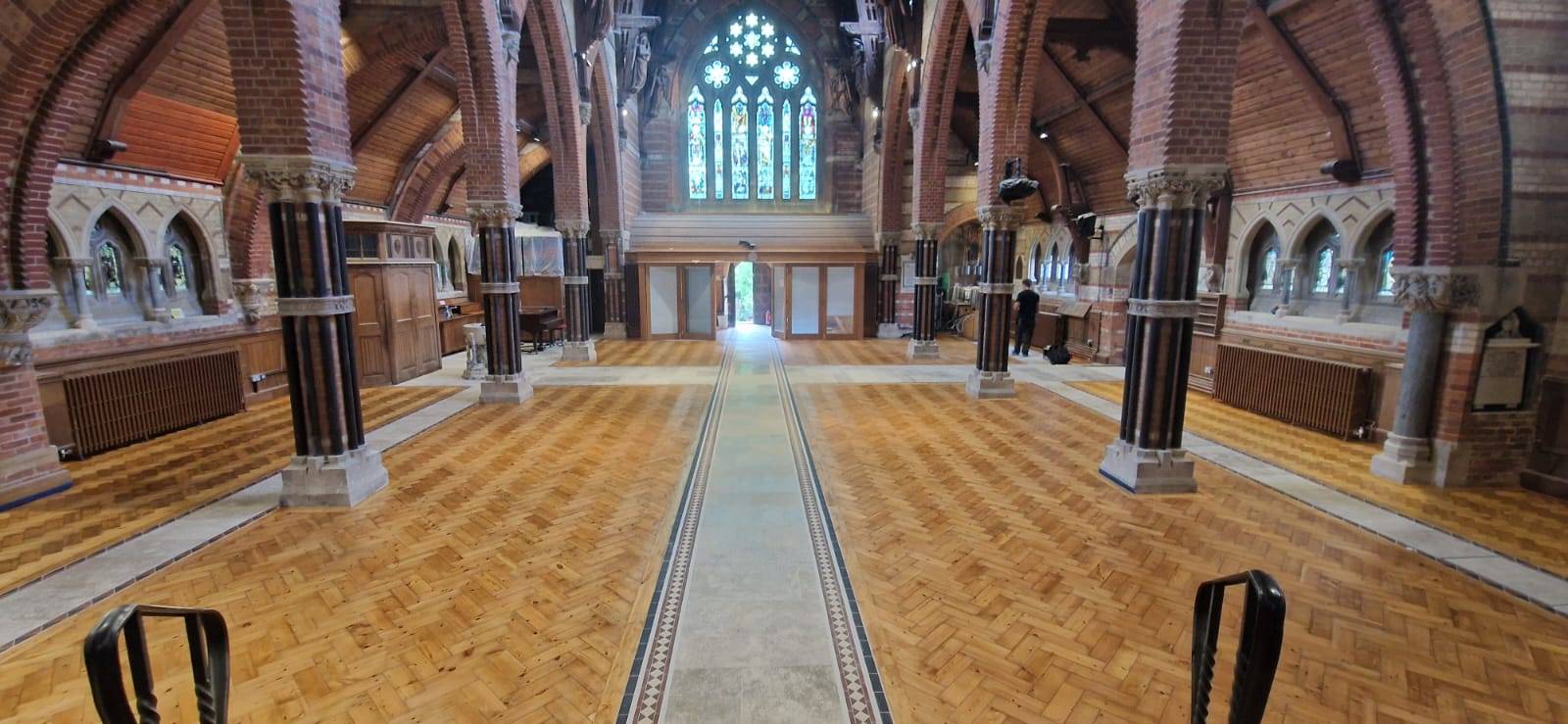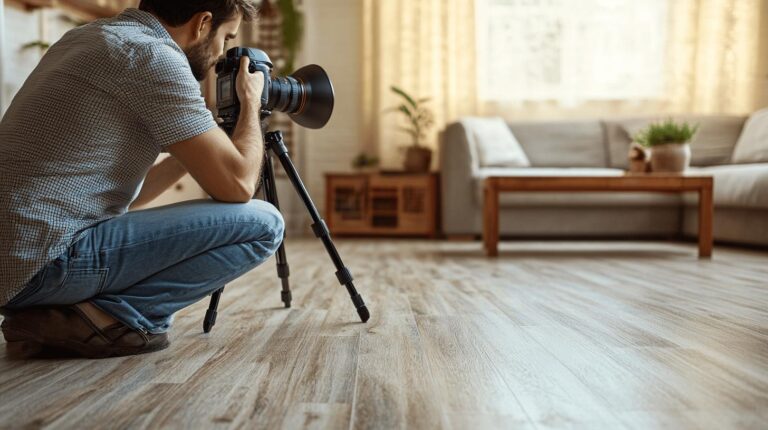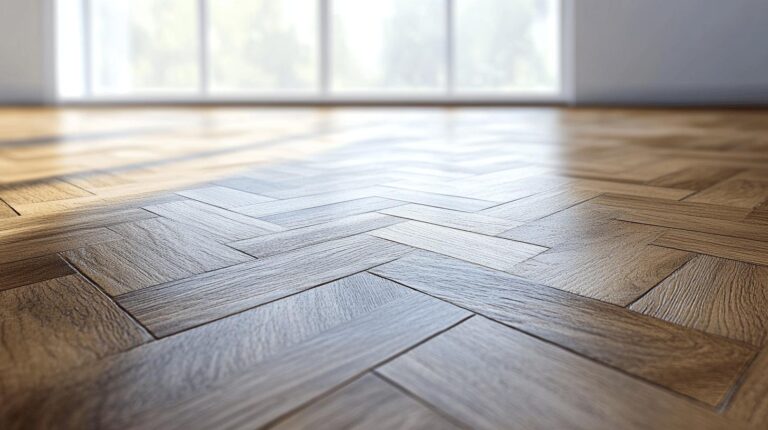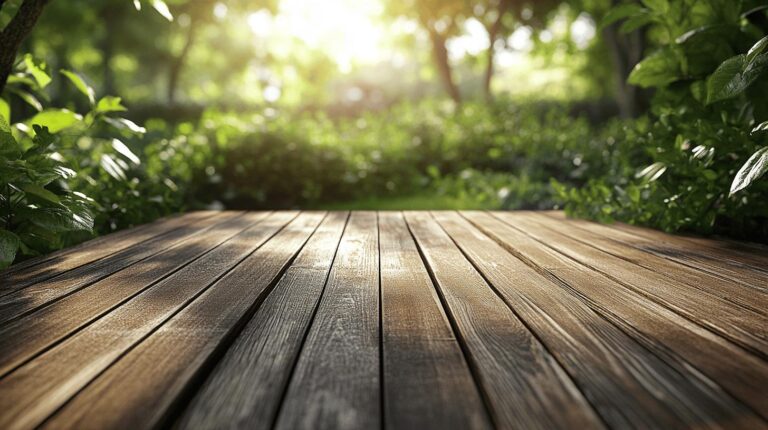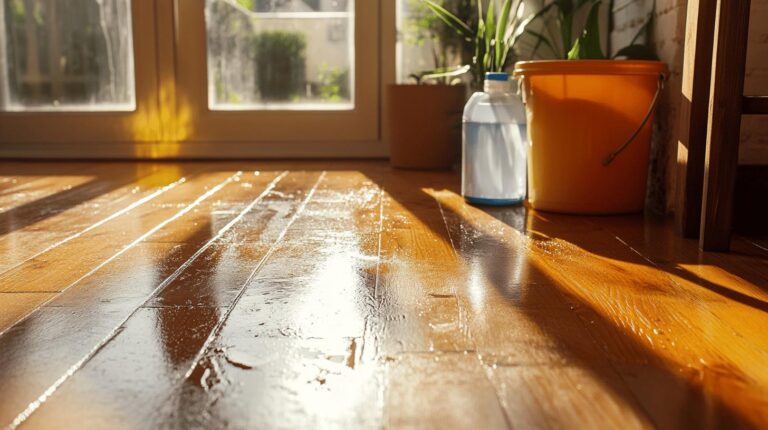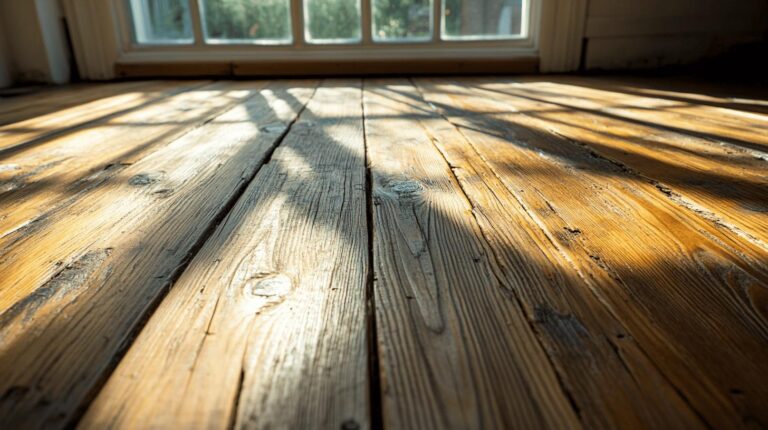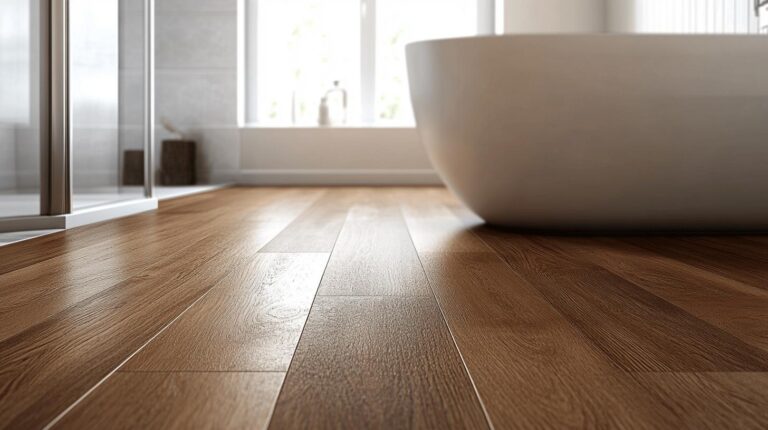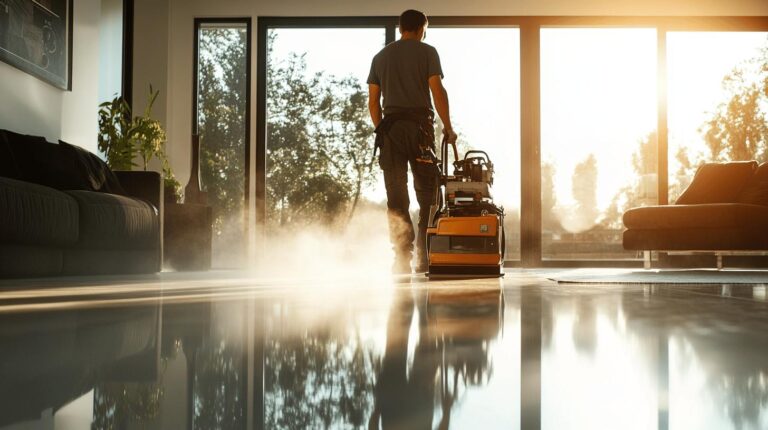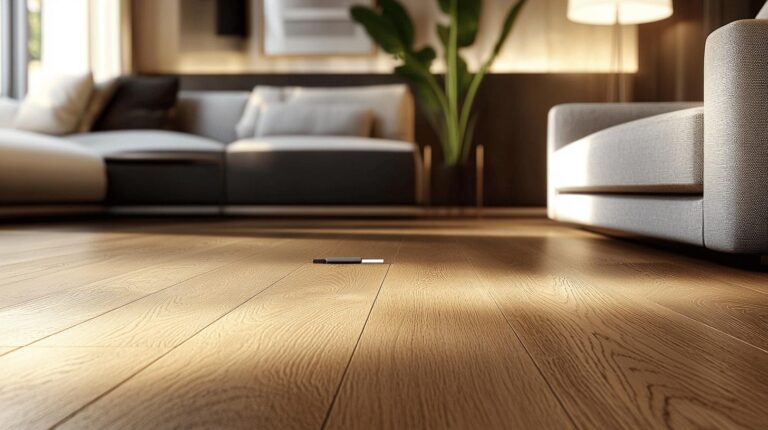Ever wondered how to infuse a timeless touch of elegance into your modern home? Limewash stain may just be your answer. Rooted in the ancient traditions of Greece and Rome, limewash is more than just a throwback—it is a revival steeped in history and functionality. By breathing new life into your surfaces, limewash offers a unique matte finish, bringing durability and charm together like a fine-aged wine. As homeowners seek to merge timeless beauty with contemporary aesthetics, limewash stands as a testament to the elegance of simplicity and enduring craftsmanship. Discover how this ancient art form can transform your home into a masterpiece.
Historical Context of Limewash: A Heritage Paint for Modern Homes
Limewash, with its origins in ancient Greece and Rome, stands as one of the earliest forms of decorative and functional paint. This traditional finish was valued not only for its aesthetic appeal but also for its ability to create a durable, breathable surface. Unlike modern paints that form a film over the surface, limewash penetrates the substrate, allowing it to breathe and thus preventing moisture build-up. This characteristic made it particularly suitable for the humid climates of the Mediterranean, where its use has been documented for centuries.
Traditionally, limewash was applied in multiple thin coats, typically requiring four to six applications for optimal results. This method ensured an even colour and texture, enhancing the natural beauty of the underlying material. The primary components of limewash—slaked lime and water—react with carbon dioxide in the air, hardening over time to form a robust, long-lasting finish. This process, known as carbonation, contributes to limewash’s reputation for longevity and resilience. Moreover, its natural composition provided an environmentally friendly option long before sustainable practices became a global priority.
Today, the enduring appeal of limewash is evident in its continued use in historical restoration projects. Its ability to blend seamlessly with traditional building materials makes it a preferred choice for preserving the authentic appearance of heritage homes. Limewash’s unique properties allow it to adapt to various home styles, from rustic cottages to sophisticated townhouses, ensuring its place as a timeless element in the palette of architectural finishes.
Limewash vs Modern Alternatives: Comparing Aesthetic and Functional Benefits
Limewash, known for its natural character and historical significance, offers a unique matte finish that penetrates surfaces rather than merely coating them. This characteristic allows limewash to breathe, making it highly suitable for heritage homes where preservation of original materials is crucial. However, limewash’s natural composition can lead to challenges such as colour inconsistency and limited durability, particularly in high-traffic areas or harsh environmental conditions. Its application requires multiple thin coats, which can be labour-intensive, but the resulting finish is unparalleled in its depth and texture.
- Aesthetic Appeal: Limewash provides a soft, textured appearance that is difficult to replicate with modern paints, while lime-based paints offer a broader range of consistent colour options.
- Durability: Traditional limewash can wear more quickly in exposed conditions compared to modern alternatives, which include additives to enhance longevity.
- Ease of Application: Limewash requires expertise for even application and a longer drying process, whereas modern paints are generally easier to apply with fewer coats.
- Breathability: Both limewash and modern lime-based paints offer breathability, but limewash excels in maintaining the natural integrity of older structures.
- Environmental Impact: Limewash is inherently eco-friendly due to its natural ingredients, whereas modern paints, while less so, are improving in terms of low VOC emissions.
.
When considering home styles, limewash is ideal for historic and rustic settings, where its natural finish can enhance the authenticity of period features. Conversely, modern lime-based paints are more versatile, offering an easier application process and greater durability, making them suitable for contemporary spaces that still wish to capture the essence of limewash aesthetics. Each option provides distinct benefits, allowing homeowners to choose based on their specific needs, whether aiming for historical accuracy or modern convenience.
Step-by-Step Guide to Applying Limewash in Your Home
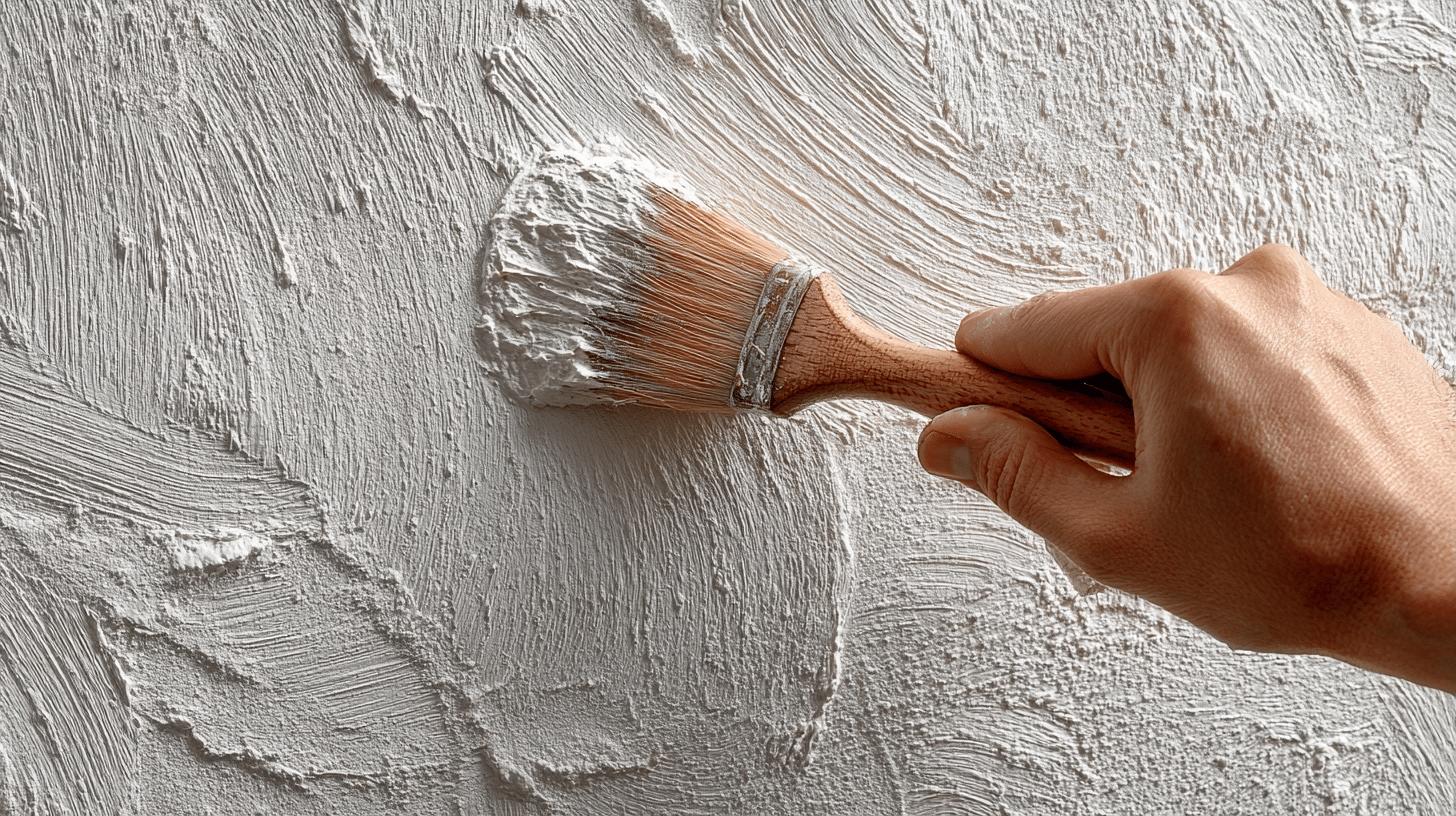
Surface preparation is crucial for a successful limewash application. Begin by thoroughly cleaning the surface to remove any dirt, dust, or grease, ensuring it is free from any previous coatings that may hinder the limewash’s adherence. Priming may be necessary, especially on very absorbent surfaces, to stabilise them and prevent uneven absorption. A primer specifically designed for limewash can help achieve a more uniform finish. It’s advisable to conduct a small test patch to verify colour consistency and surface compatibility before proceeding with the entire project.
- Gather Your Tools and Materials: You’ll need limewash, a long-bristled brush, a mixing bucket, clean water, a primer (if needed), and protective gear such as gloves and goggles.
- Mix the Limewash: Dilute the limewash with water according to the manufacturer’s instructions. Stir thoroughly to ensure an even consistency.
- Prime the Surface: If required, apply a primer to the surface using a roller or brush. Allow it to dry completely before moving on to the next step.
- Apply the First Coat: Use a long-bristled brush to apply the limewash in thin, even coats. Work in sections, maintaining a wet edge to avoid streaks.
- Build Up Layers: Apply multiple thin coats, typically four to six, allowing each coat to dry thoroughly before adding the next. This layering enhances the finish’s depth and texture.
- Final Touches: Once the final coat is dry, inspect the surface for consistency. Apply additional touch-ups if necessary for a seamless look.
Common pitfalls include applying limewash too thickly, which can lead to cracking, and not allowing sufficient drying time between coats, causing uneven coloration. To avoid these, patience and attention to detail are essential. Always start small with a test area to refine your technique and achieve the desired effect.
.
Integrating Limewash Stains into Modern Home Design: Inspiration and Ideas
Limewash is celebrated for its versatility, bringing a timeless elegance to modern homes with its matte, textured finish. This traditional technique transcends its ancient roots to enhance contemporary spaces, providing a unique aesthetic that seamlessly blends with various interior design styles. Limewash’s ability to penetrate surfaces rather than merely coating them results in a breathable, organic look that adds depth and character to any room. It adapts effortlessly to a range of environments, from rustic to minimalist, making it a superb choice for those looking to infuse their homes with a sense of history and sophistication.
- Rustic: Limewash complements the natural elements in rustic design, accentuating wooden beams and stone walls.
- Coastal: Its soft, weathered appearance harmonises with the light and airy feel of coastal interiors.
- Scandinavian: Limewash’s muted tones and texture enhance the simplicity and functionality of Scandinavian style.
- Industrial: When applied to exposed brick or concrete, limewash softens the rawness of industrial spaces, adding warmth.
.
Limewash offers endless creative applications for modern homes, both indoors and outdoors. On interior walls and ceilings, it can transform living spaces by adding a subtle, refined texture that changes with the light. Limewashing furniture such as wooden cabinets or tables can revitalise old pieces, providing a fresh and modern look. For exterior use, limewash can be applied to brick walls and fences, offering a classic, weathered charm that ages beautifully over time. Homeowners can embrace the timeless appeal of limewash to craft spaces that are both contemporary and steeped in tradition.
Maintenance and Longevity of Limewash: Keeping Surfaces Pristine
Maintaining limewash surfaces involves gentle cleaning methods to preserve their unique texture and appearance. Regular care typically requires a soft brush or cloth to remove dust and dirt without damaging the finish. Avoid harsh chemicals or abrasive cleaning tools, as these can compromise the limewash’s integrity. Routine maintenance helps to uphold the surface’s aesthetic appeal and prolong its lifespan, ensuring that the limewash continues to enhance the space with its timeless charm.
- Apply a Protective Sealant: Consider using a breathable sealant designed for limewash to provide an extra layer of protection against moisture without compromising permeability.
- Regular Inspections: Periodically check the surfaces for any signs of wear or damage and address issues promptly to prevent further deterioration.
- Minimise Physical Impact: In high-traffic areas, use furniture pads and avoid dragging items across limewashed surfaces to reduce the risk of abrasion.
.
Environmental factors significantly impact the longevity of limewash surfaces. Exposure to harsh weather conditions, such as heavy rain or intense sunlight, can accelerate wear and require more frequent maintenance. In humid environments, limewash benefits from its breathable properties, which help prevent moisture build-up. However, protective measures and regular upkeep become even more crucial to maintain the surface’s pristine condition. Careful attention to these factors will ensure that limewash continues to provide its signature elegance and durability in any setting.
Ryan’s Expertise in Limewash Colour Matching: Customising Traditional Hues
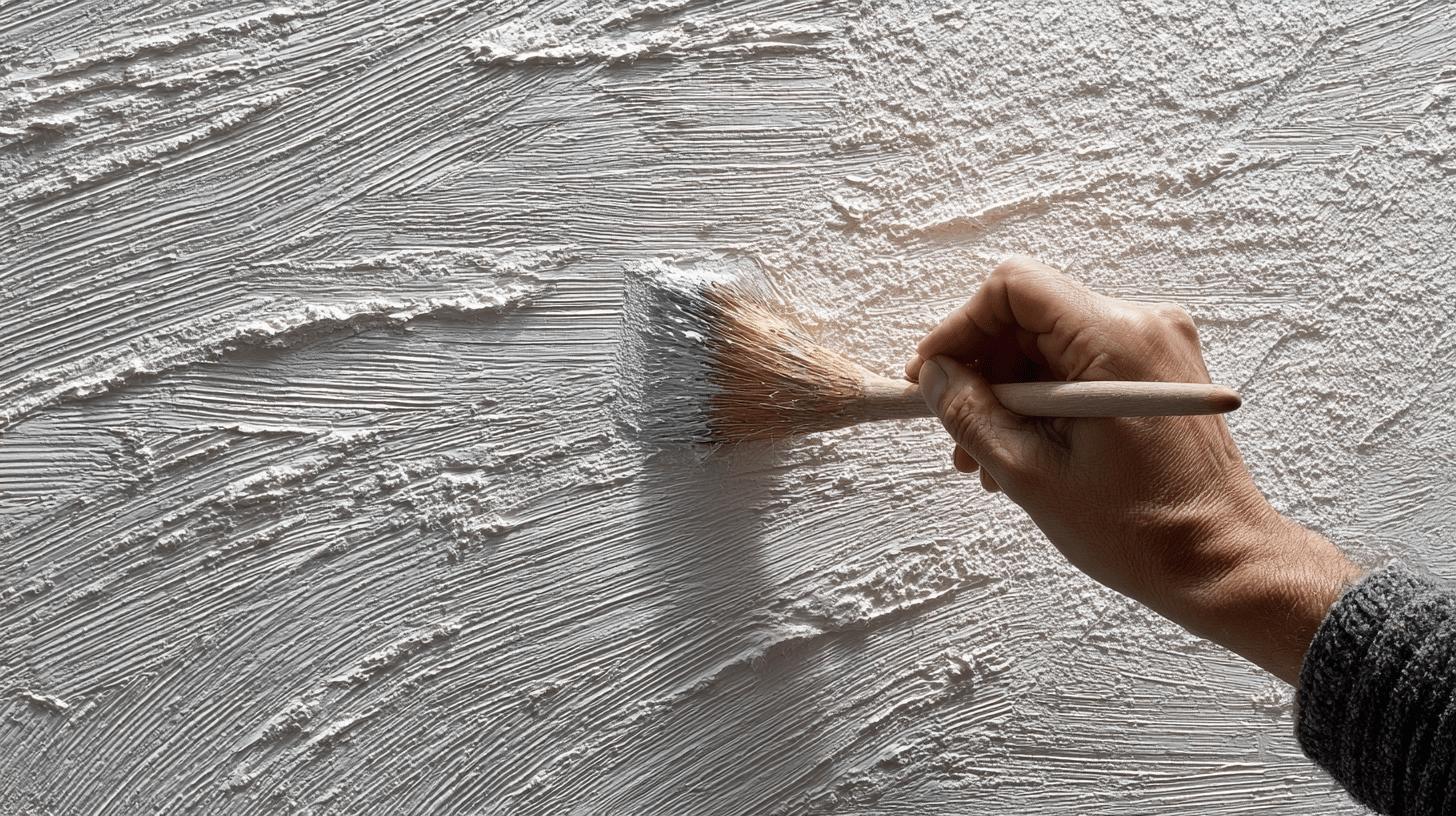
Ryan’s expertise in limewash colour matching is crucial for homeowners seeking to achieve a seamless blend of traditional and contemporary aesthetics. Colour matching in limewash not only enhances the visual appeal but also ensures that the chosen hues harmonise with existing design elements, creating a cohesive look. By offering a diverse palette of limewash pigment choices, Ryan helps in crafting bespoke finishes that meet the unique tastes and requirements of each client.
- Warm Earthy Tones: These hues resonate with modern sensibilities and add warmth to spaces.
- Soft Pastels: Ideal for creating a serene and calming atmosphere in contemporary settings.
- Deep Charcoals: Perfect for adding depth and sophistication to modern interiors.
The bespoke nature of limewash finishes allows for unparalleled customisation, enabling homeowners to tailor their spaces to reflect their personal style. Ryan’s ability to adapt traditional limewash colour options for modern usage ensures that each project is not only historically informed but also relevant to present-day design trends.
.
Final Words
Rediscovering limewash stain revival brings traditional charm to modern homes, bridging history with today’s aesthetics. As outlined, its centuries-old origins offer unique aesthetic and functional benefits, contrasting traditional methods with modern alternatives.
The step-by-step application guide aids DIY enthusiasts, while creative integration ideas inspire contemporary design enthusiasts. Proper maintenance ensures its longevity, preserving its timeless appeal.
Ryan’s expertise in limewash colour matching further customises this classic method, offering endless possibilities for blending tradition and modernity. This rich fusion enhances home aesthetics, fulfilling homeowner aspirations.
Try limewash today → Wood Floor Staining
FAQ
Q: What is limewash, and why is it popular in modern homes?
A: Limewash is a traditional paint derived from ancient Greece and Rome, valued for its durability, breathability, and unique matte finish. It remains popular for both heritage restoration and contemporary home designs.
Q: What are some limewash living room ideas?
A: Limewash enhances living rooms by providing a textured, matte finish that adds depth. It complements styles like rustic, coastal, and Scandinavian, suitable for walls, ceilings, and even furniture pieces.
Q: How does Venetian plaster compare to limewash?
A: Venetian plaster provides a polished, marble-like texture, while limewash offers a breathable, matte finish. Limewash penetrates surfaces, ideal for heritage aesthetics, whereas Venetian plaster suits more luxurious, smooth applications.
Q: What are the benefits of using limewash paint in a bedroom?
A: Limewash paint creates a calming, natural atmosphere with its soft textures and tones. It helps to regulate humidity and complements a range of bedroom styles, from minimalist to bohemian.
Q: Is limewash still trending, and how is it integrated into modern homes?
A: Yes, limewash remains trendy, providing a subtle, vintage appeal that blends with modern aesthetics. It’s used on walls, ceilings, and even outdoor façades to add character and depth.
Q: What are the main challenges of using traditional limewash?
A: Limewash challenges include achieving colour consistency and limited durability compared to modern paints. Proper application in multiple thin coats is essential for its iconic matte look.
Q: How can I apply limewash paint at home?
A: To apply limewash, prepare the surface with cleaning and priming. Use multiple thin coats, typically 4-6, and apply with a long-bristled brush. A test patch is recommended for colour consistency.
Q: What maintenance does limewash require for longevity?
A: Limewash requires gentle cleaning with a soft brush or cloth. Protective measures such as breathable coatings enhance durability, whilst environmental conditions can impact surface longevity.
